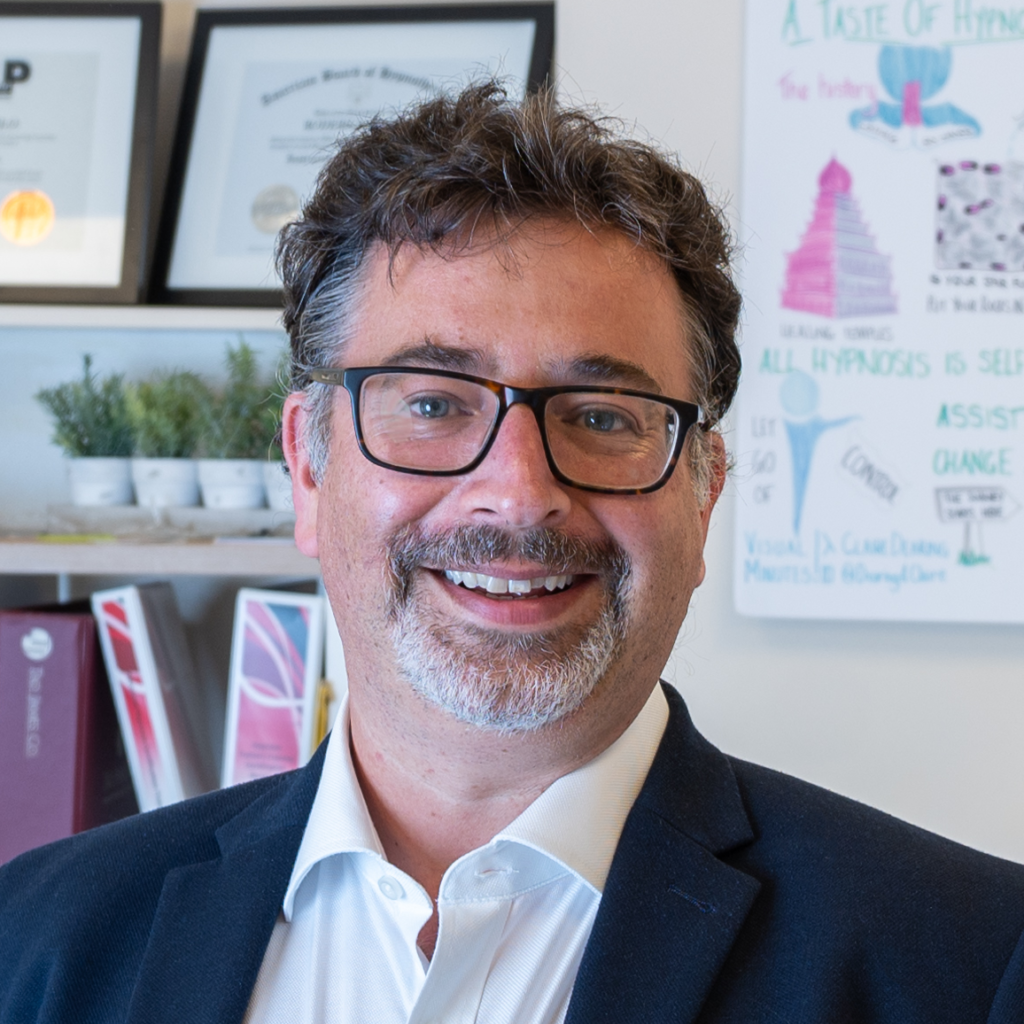Back to School, back to old self, back to feeling good?
The ‘L’ in NLP stands for linguistic. When you learn about NLP, you are trained to listen very carefully to words and language as they can say so much more about our mindset, perceptions and behaviours. This blog started from noticing and hearing a common phrase, ‘back to school’.
It’s that time of the year when all we hear and see is ‘back to school’, in adverts, in supermarkets and the media. Particularly relevant for those in Education and families starting to prepare for school routine after summer. It’s of interest that the phrase is back to school followed by a new term. We always say it’s a new term, not an old term nor back to term and rightly so. Summer is nearly over heralding the start of Autumn as we notice change around us and in nature, note that we are not going back to Autumn. In the workplace, we go back to work after some form of absence, sickness or holiday, we do not go back to work on a daily basis.
I hear ‘back to’ often with clients in various contexts; take personal growth such as “I want to get back to my old self” or in relationships “I want to get things back to the way they were” or in Sport “I want to get my old form back”.
Let’s unpack this some more.
Back to old self
When we are saying “get back to old self” there are two implications.
Firstly that there is a route or direction and in this case it is going back or returning back.
Secondly, going back to ‘old’ self is an implication of time (called a presupposition, form of linguistic assumption). I rarely hear people say they want to go to a new self or version of self when I first meet them, despite that is exactly what they want. Going back to old self is understandable as we are accessing memories which seem positive with implied comparison to how we feel about ourselves now.
Thing is, every time we access a memory, it changes, due to the difference of time of access. For example, if I was to access a memory now, it will be different to having accessed it previously for example six months or a number of years ago. What I am experiencing in my mind and my thinking will be different from moment to moment so when I access a memory, I will be different in my mindset now compared to another time.
I hear “…Get things back to the way they were” phrase most commonly in the context of relationships. Similar to previous, there is an implication of returning back to a time in the past and a supposition or assumption that the way things were are more positive than now. All we can do is move forward in relationships overcoming whatever is in the way.
How can we travel back in time and why would we want to?
It’s easy to understand a craving for what seems to be positive memories and experiences at times of challenge and change. You may recall after the pandemic, hearing friends, colleagues, yourself and on social media express wanting or getting things back to the way they were before the pandemic. There is a saying, “…the only certainty we have, is uncertainty”. It is only by experiencing uncertainty that the response to the unknown changes and worry or even fear reduces.

As far as I am aware, there is no time machine available and Back To The Future, Zemeckis, R. (1985) is still only a film. What we can do is establish a link to a past state (emotional condition) to use in the future. Examples of state are motivation, energised, focused and confident to name but a few. We do this by a process called anchoring developed from the work on stimulus response from William Twitmyre and Ivan Pavolov (and his dogs). Anchoring works on the principle that when a person is at the peak of an intense associated state, if a stimulus is applied, the two will become neurologically linked. Thus when an anchor has been created, a resourceful state can be accessed when and where upon demand by a particular trigger. Just imagine you can access feeling super confident just before a presentation or a networking event, or totally focused just before a 10km race.
Anchors can be in the form of any modality such as visual, sound, feeling, smell and taste. Did you know that we are surrounded by anchors in our daily living? When you see a traffic light turn red, what is your response? When you hear your mobile phone ring, what is your response? When you stroke your pet or put on a favourite piece of clothing what is your response? When you smell baking or coffee what is your response? When you taste chocolate or a lemon what is your response? Anchors are everywhere.
We could consider the phrase ‘back to school’ as an anchor in itself, perhaps to create a sense of familiarity and even calm for all involved, returning to education and learning. I am sure that will be appreciated by many at this time.
For self, rather than attempting to go backwards or return to ways from the past lets focus on working on the new, improving self now to move forward, after all I think Nina Simone sang it right
“It’s a new dawn
It’s a new day
It’s a new life
For me
And I’m feeling good”
To learn more about NLP Training for your personal development to move forward get in touch.


